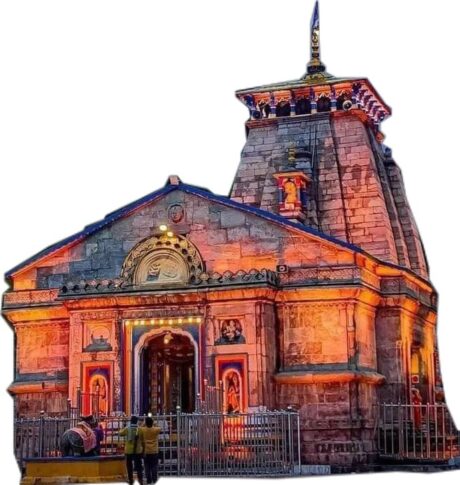India, known for its spiritual depth and cultural diversity, is home to the revered 12 Jyotirlingas, sacred temples dedicated to Lord Shiva. These shrines, where Shiva manifested as divine light (“Jyoti”), hold immense spiritual significance. In this blog, we’ll explore their history, locations, and importance in Hindu traditions.
1. Somnath (Gujarat)
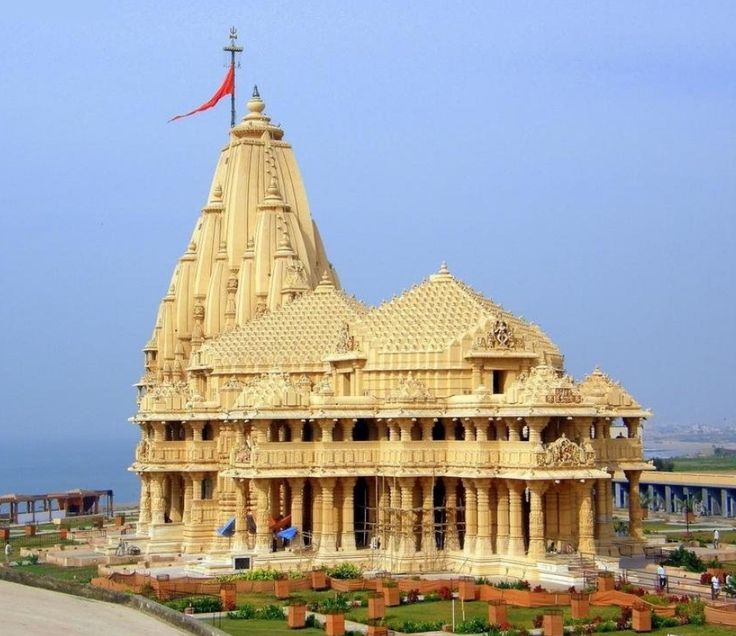
The first of the 12 Jyotirlingas is Somnath, located in the Prabhas Patan near the Saurashtra region in Gujarat. Somnath means “The Lord of the Moon,” as it is associated with the moon god, Soma. According to mythology, Soma once had a curse placed on him by his father-in-law, Daksha, and he prayed to Lord Shiva for relief. Pleased with Soma’s devotion, Shiva appeared as a Jyotirlinga to absolve him of the curse. The Somnath Temple has been rebuilt several times due to invasions, but it remains one of the most important pilgrimage sites in India.
The temple’s architecture is majestic, standing on the shore of the Arabian Sea, offering a breathtaking view. Somnath is also a place of historical significance, as it was once a grand center of learning and wealth.
2. Mallikarjuna (Andhra Pradesh)
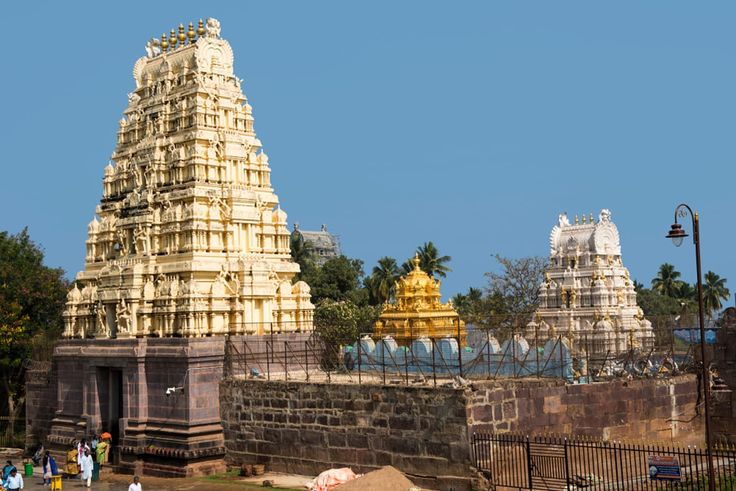
Located on the banks of the Krishna River in Srisailam, Andhra Pradesh, Mallikarjuna is the second Jyotirlinga. Mallikarjuna is another form of Lord Shiva worshipped alongside his consort, Goddess Parvati. According to Hindu mythology, when Lord Shiva and Parvati were playing a game of dice, Parvati bet her husband in the game, and Lord Shiva lost. He accepted the loss and appeared as the Mallikarjuna Jyotirlinga.
The Mallikarjuna temple is a beautiful and ancient structure, and it is one of the most prominent pilgrimage destinations for devotees in southern India.
3. Mahakaleshwar (Madhya Pradesh)
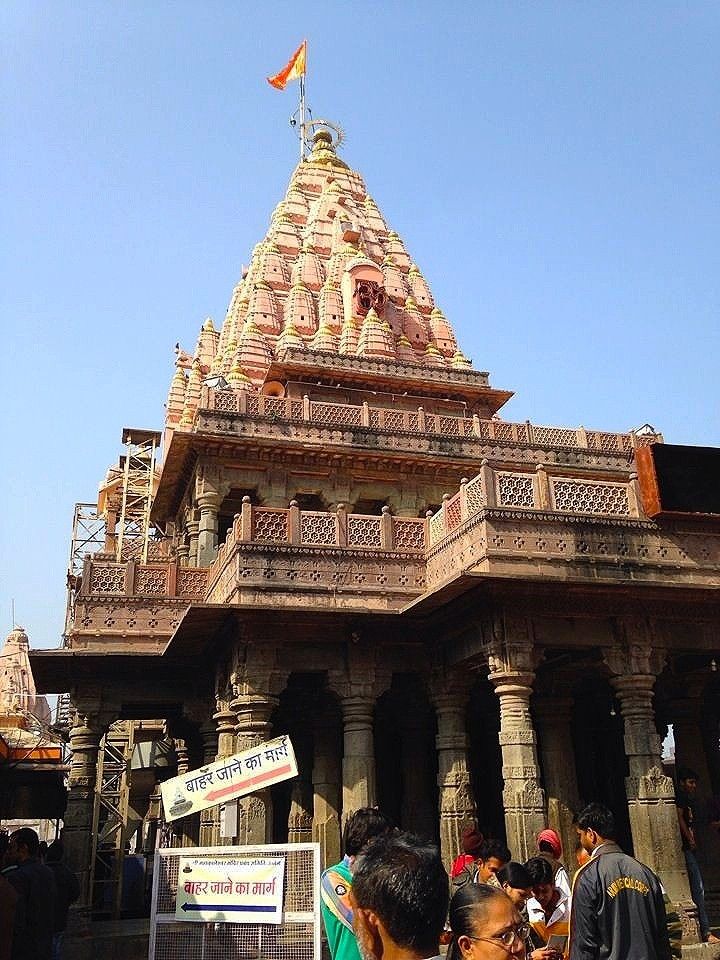
Located in the city of Ujjain, Madhya Pradesh, Mahakaleshwar is the third Jyotirlinga and one of the most famous among them. It is believed that Mahakaleshwar is the guardian of time and the eternal power of Lord Shiva. This temple is also known for its Bhasma Aarti, which is a unique ritual where devotees offer sacred ash to the deity.
According to the legend, once Lord Shiva himself took the form of Mahakal and defeated the demon Dushana, saving the people of Ujjain. The temple’s grandeur and historical importance make it an important destination for pilgrims seeking the blessings of Lord Shiva.
4. Omkareshwar (Madhya Pradesh)
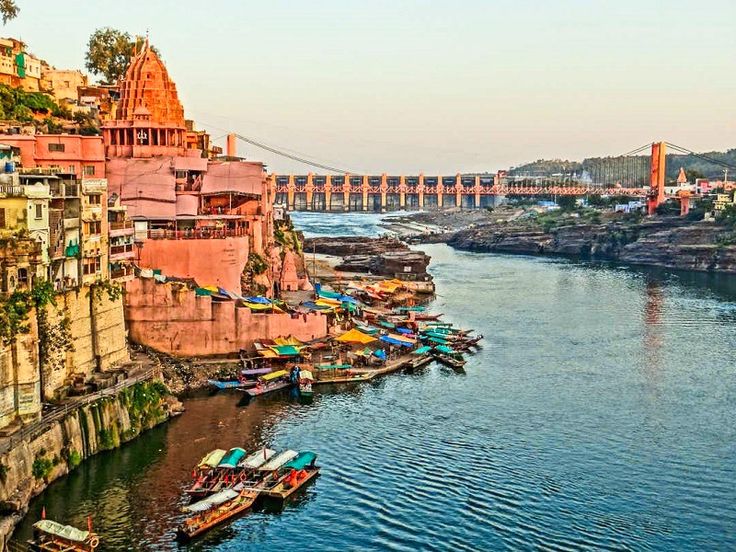
Omkareshwar, located on an island in the Narmada River in Madhya Pradesh, is the fourth Jyotirlinga. The island is shaped like the sacred sound “Om,” symbolizing the unity of the universe and the oneness of Lord Shiva. The Omkareshwar Temple is considered one of the holiest places in India, and it draws pilgrims from across the country.
According to Hindu mythology, the demon king, Vindhya, once troubled the people of the region. He performed a penance and sought the blessings of Lord Shiva. Shiva appeared in the form of Omkareshwar, pacifying the demon and granting him a boon. This temple is a spiritual retreat and a symbol of divine protection.
5. Kedarnath (Uttarakhand)

Kedarnath, situated in the Himalayan region of Uttarakhand, is the fifth Jyotirlinga and one of the most revered temples in India. It is dedicated to Lord Shiva and is located at an altitude of 3,583 meters (11,755 feet). Kedarnath is part of the Char Dham Yatra and is known for its remote and tranquil location.
According to legend, when the Pandavas were seeking redemption for the sin of killing their kin during the Kurukshetra War, Lord Shiva chose to appear at Kedarnath as a Jyotirlinga to absolve them. The temple’s ancient architecture, the picturesque surroundings, and the spiritual energy make it a must-visit destination for devotees and trekkers alike.
6. Bhimashankar (Maharashtra)
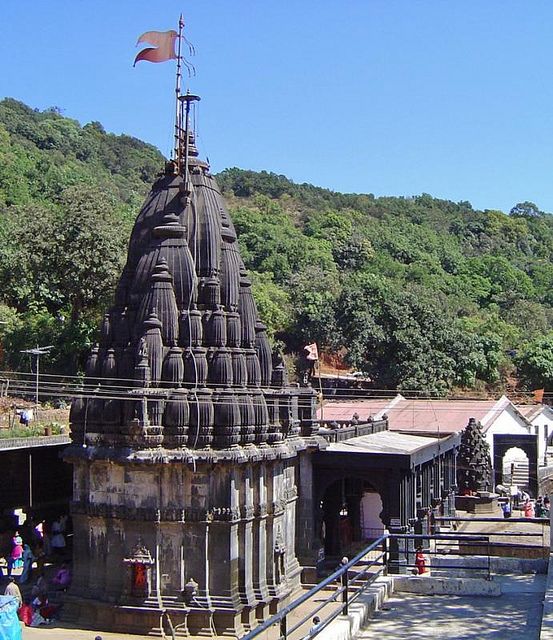
Bhimashankar, located in the Sahyadri Hills of Maharashtra, is the sixth Jyotirlinga. The temple is dedicated to Lord Shiva and is a prominent pilgrimage center in western India. Bhimashankar is said to be the place where Lord Shiva defeated the demon Bhima, who had been wreaking havoc in the region.
This temple is renowned for its scenic beauty and serene environment. The temple complex also houses a unique forest reserve, adding to the spiritual atmosphere. The Bhimashankar Temple attracts a large number of pilgrims and nature lovers.
7. Kashi Vishwanath (Uttar Pradesh)
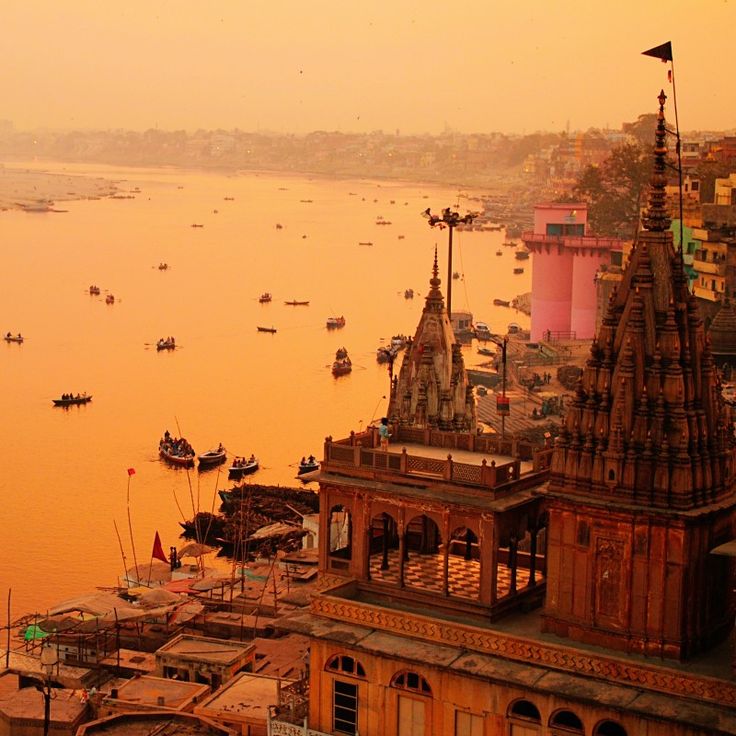
Kashi Vishwanath, located in Varanasi, Uttar Pradesh, is the seventh Jyotirlinga and is one of the most famous and significant temples in India. Varanasi, also known as Kashi, is considered the spiritual capital of India and one of the oldest living cities in the world. Kashi Vishwanath is dedicated to Lord Vishwanath (another name of Lord Shiva), and it is believed that a visit to this temple ensures liberation from the cycle of birth and death.
The temple has been destroyed and rebuilt several times throughout history, and its current structure was rebuilt in the 18th century by the Maratha ruler, Ahilyabai Holkar. The temple is located on the banks of the holy Ganges River, and pilgrims from all over the world come here to take a holy dip in the river and seek the blessings of Lord Shiva.
8. Trimbakeshwar (Maharashtra)
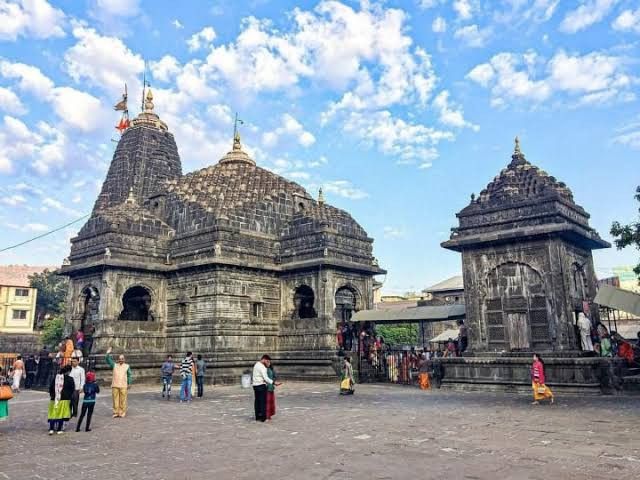
Trimbakeshwar, located in the town of Trimbak near Nashik in Maharashtra, is the eighth Jyotirlinga. This temple is known for its unique idol of Lord Shiva, which has three faces representing Brahma, Vishnu, and Shiva. The Trimbakeshwar Temple is situated at the foot of the Brahmagiri Hill, which is considered to be the origin of the Godavari River.
According to mythology, the demon brothers, Suketu and Kamal, once sought to disturb the world’s balance by stealing the sacred water of the Ganges. Lord Shiva appeared at Trimbakeshwar to restore order. The temple’s stunning architecture, serene surroundings, and rich history make it a prime pilgrimage destination.
9. Vaidyanath (Jharkhand/Bihar)
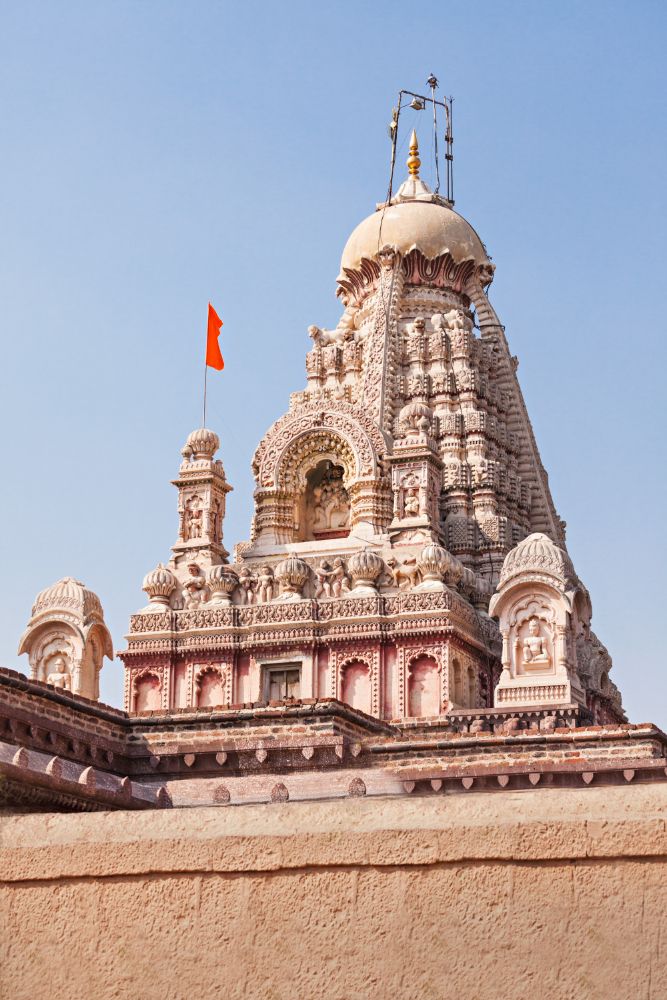
Vaidyanath, located in both Deoghar, Jharkhand, and Kanhaiya Dham, Bihar, is the ninth Jyotirlinga. The temple is dedicated to Lord Shiva as the divine healer, or Vaidyanath, who is believed to cure all ailments. According to the legend, Ravana, the demon king, once worshiped Lord Shiva to seek immortality. As a result, Shiva granted him a boon and appeared as the Vaidyanath Jyotirlinga.
The temple in Deoghar is visited by thousands of devotees, especially during the Shravan month, when pilgrims carry water from the Ganges and offer it to the Shiva Lingam. This place is considered one of the most sacred temples in India.
10. Nageshwar (Gujarat)
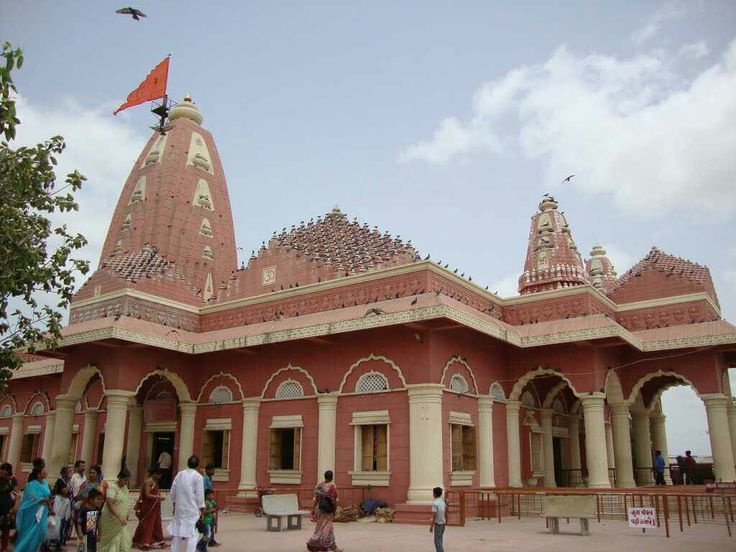
Nageshwar, located near Dwarka in Gujarat, is the tenth Jyotirlinga. Nageshwar is associated with the serpent god, Naga, and the temple is revered for its association with Lord Shiva as the protector of snakes. The legend goes that a devotee named Supriya was once trapped by a group of snakes, and upon praying to Lord Shiva, the serpent king was appeased, and Supriya was saved.
The Nageshwar Temple is surrounded by lush greenery, and its tranquil atmosphere makes it a perfect place for meditation and prayer.
11. Ramanathaswamy (Tamil Nadu)
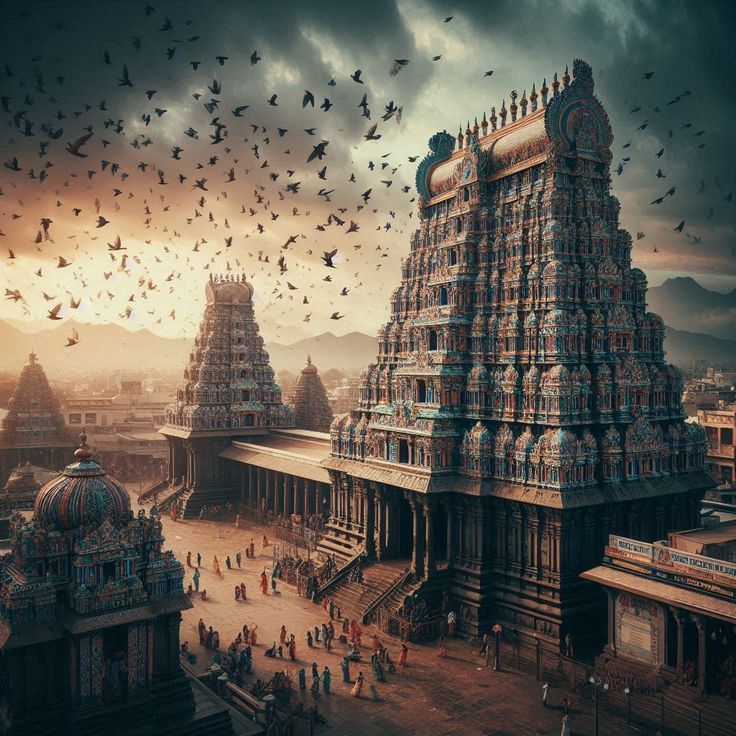
Located on the sacred island of Rameswaram in Tamil Nadu, Ramanathaswamy is the eleventh Jyotirlinga. This temple is one of the most revered and visited pilgrimage sites in southern India. According to legend, Lord Rama worshiped Lord Shiva here to absolve himself of the sin of killing Ravana, a Brahmin.
Ramanathaswamy Temple is famous for its long corridors and towering spires. The temple’s holy waters are believed to have curative properties, and pilgrims take a dip in the 22 holy wells located within the temple complex.
12. Dwarkadhish (Gujarat)
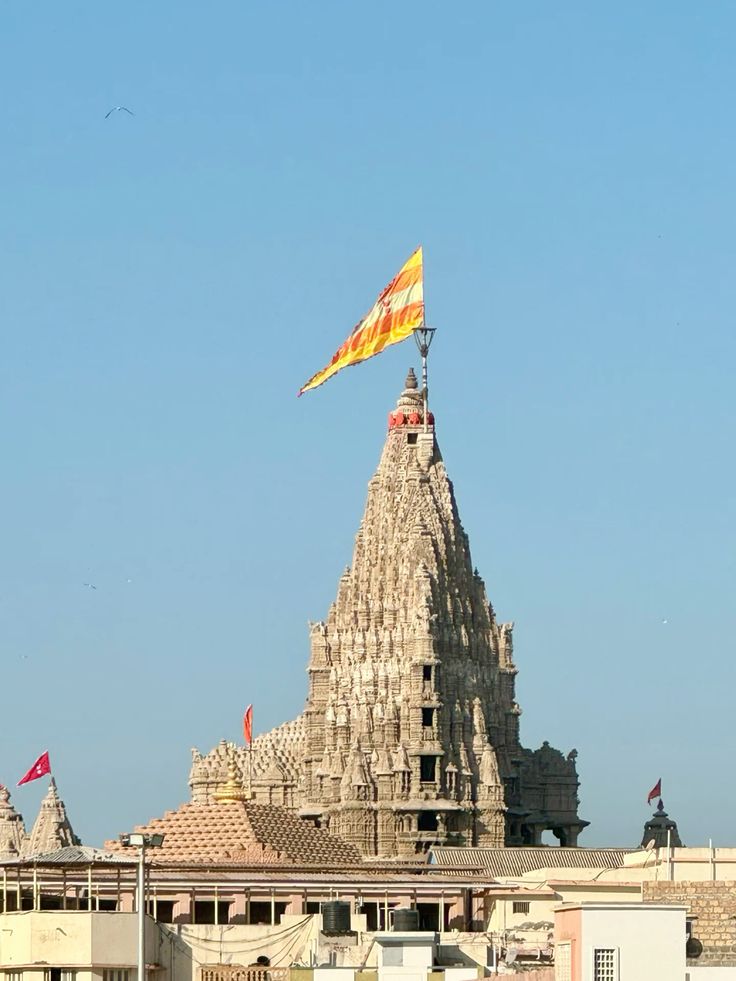
The final of the 12 Jyotirlingas is Dwarkadhish, located in Dwarka, Gujarat. This temple is dedicated to Lord Krishna, who is believed to be an incarnation of Lord Shiva. According to the legend, after the Kurukshetra War, Lord Krishna retired to Dwarka, where he established the Dwarkadhish Temple.
The temple is a remarkable architectural masterpiece, with intricate carvings and a spiritual significance that draws pilgrims from all over the world.
FAQ: 12 Jyotirlingas
- What is a Jyotirlinga? A Jyotirlinga is a sacred shrine where Lord Shiva is worshipped in the form of a divine light, or “Jyoti.” It is believed that these 12 locations represent the cosmic form of Lord Shiva.
- Why are there 12 Jyotirlingas? The 12 Jyotirlingas symbolize the 12 manifestations of Lord Shiva in his divine light form. The significance of these shrines is immense in Hinduism, and visiting them is considered to bring spiritual enlightenment.
- Can a devotee visit all the 12 Jyotirlingas in one trip? It is not practically feasible to visit all 12 Jyotirlingas in one trip, as they are spread across different regions of India. However, pilgrims often visit them during their lifetimes as part of their spiritual journey.
- What is the best time to visit the Jyotirlingas? The best time to visit the Jyotirlingas is during the months of October to March, when the weather is more favorable for travel. Special festivals like Maha Shivaratri also attract large crowds.
- What are the rituals associated with the worship of the Jyotirlingas? Devotees typically offer water, milk, and bilva leaves to the Shiva Lingam, along with chanting mantras like “Om Namah Shivaya.” The rituals vary slightly across different temples.
- Is there any scientific significance of the Jyotirlingas? The concept of Jyotirlingas is primarily spiritual and religious, but some believe that these sacred shrines are aligned with natural forces and energies that have scientific and cosmic relevance.
- What is the significance of worshiping the Jyotirlingas? Worshipping the Jyotirlingas is believed to grant blessings from Lord Shiva, removing obstacles, healing ailments, and providing spiritual guidance and protection.
In conclusion, the 12 Jyotirlingas are not just places of worship; they are symbols of Lord Shiva’s eternal presence in the universe. Pilgrims visit these sacred shrines to connect with the divine, seek blessings, and experience spiritual growth. Whether you are a devout follower of Shiva or a seeker of peace, visiting these temples is a transformative journey that transcends the physical realm into the divine light of Lord Shiva.


